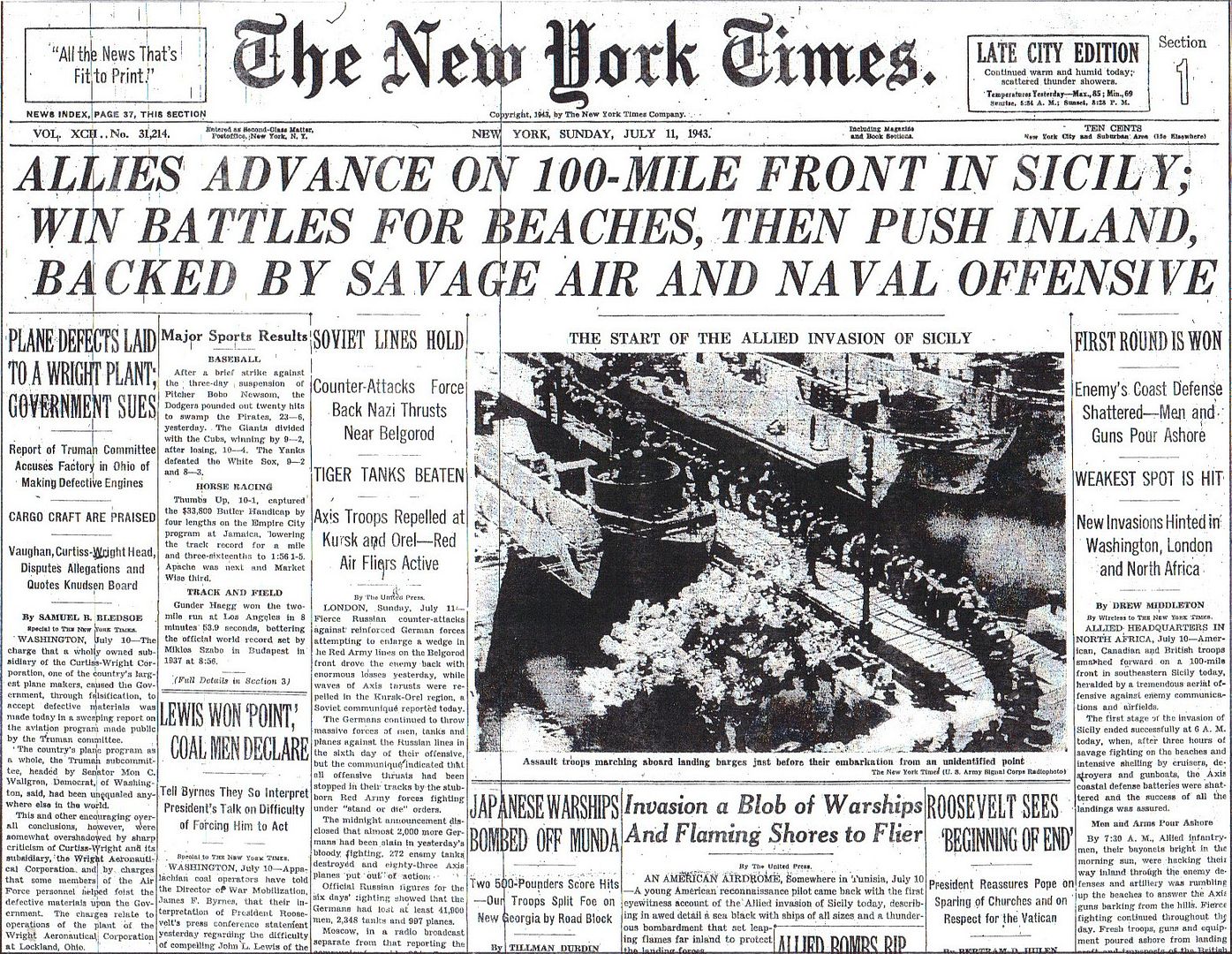
Posted on 07/11/2013 5:31:23 AM PDT by Homer_J_Simpson


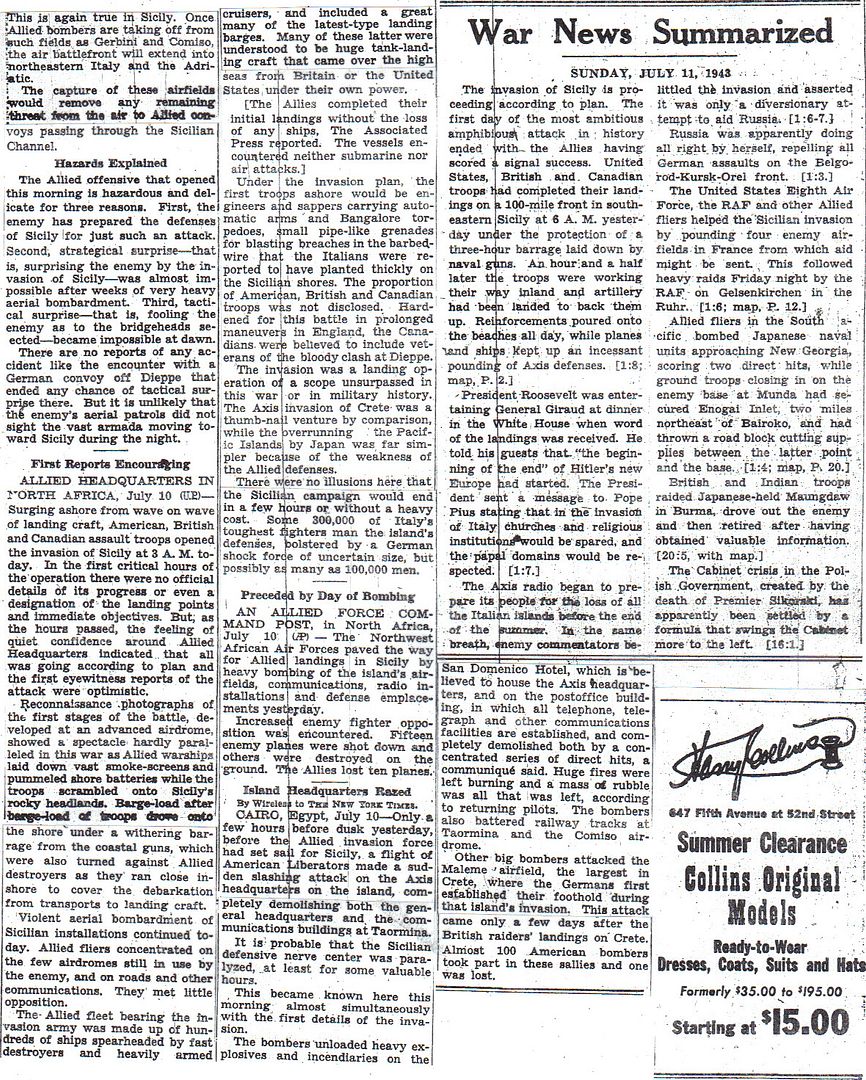
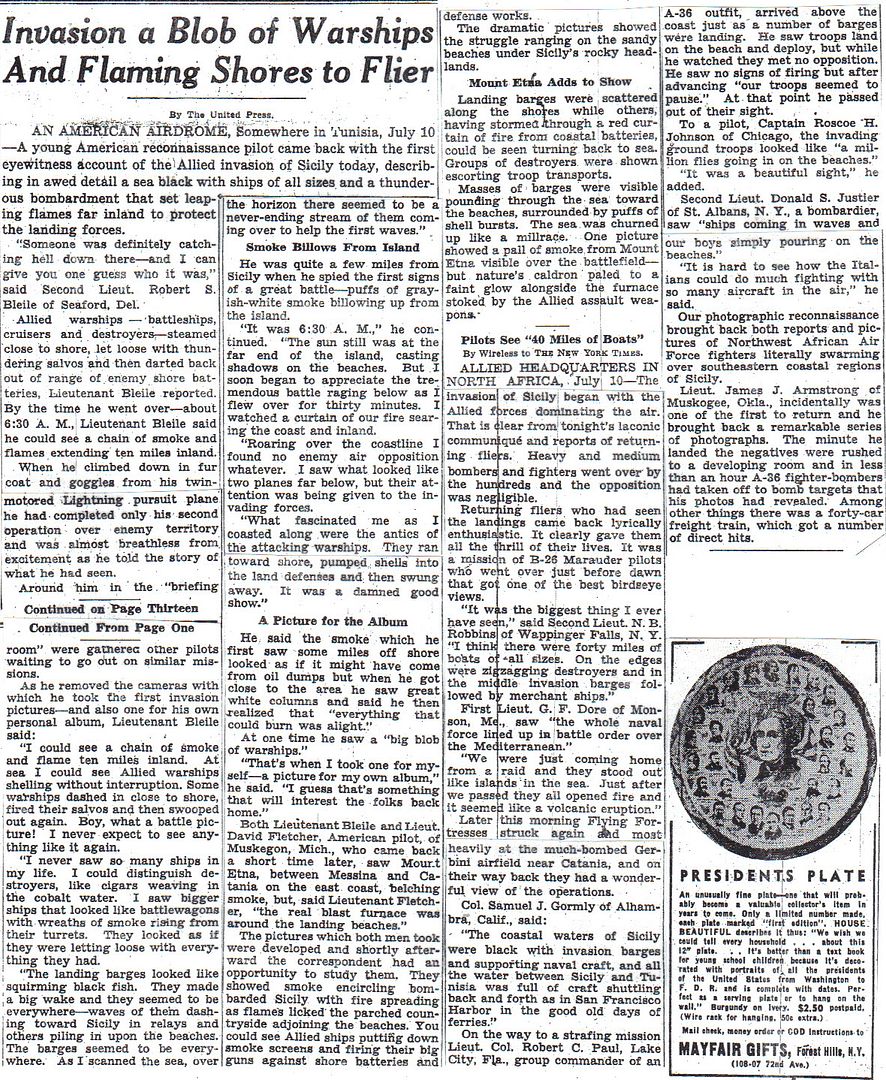
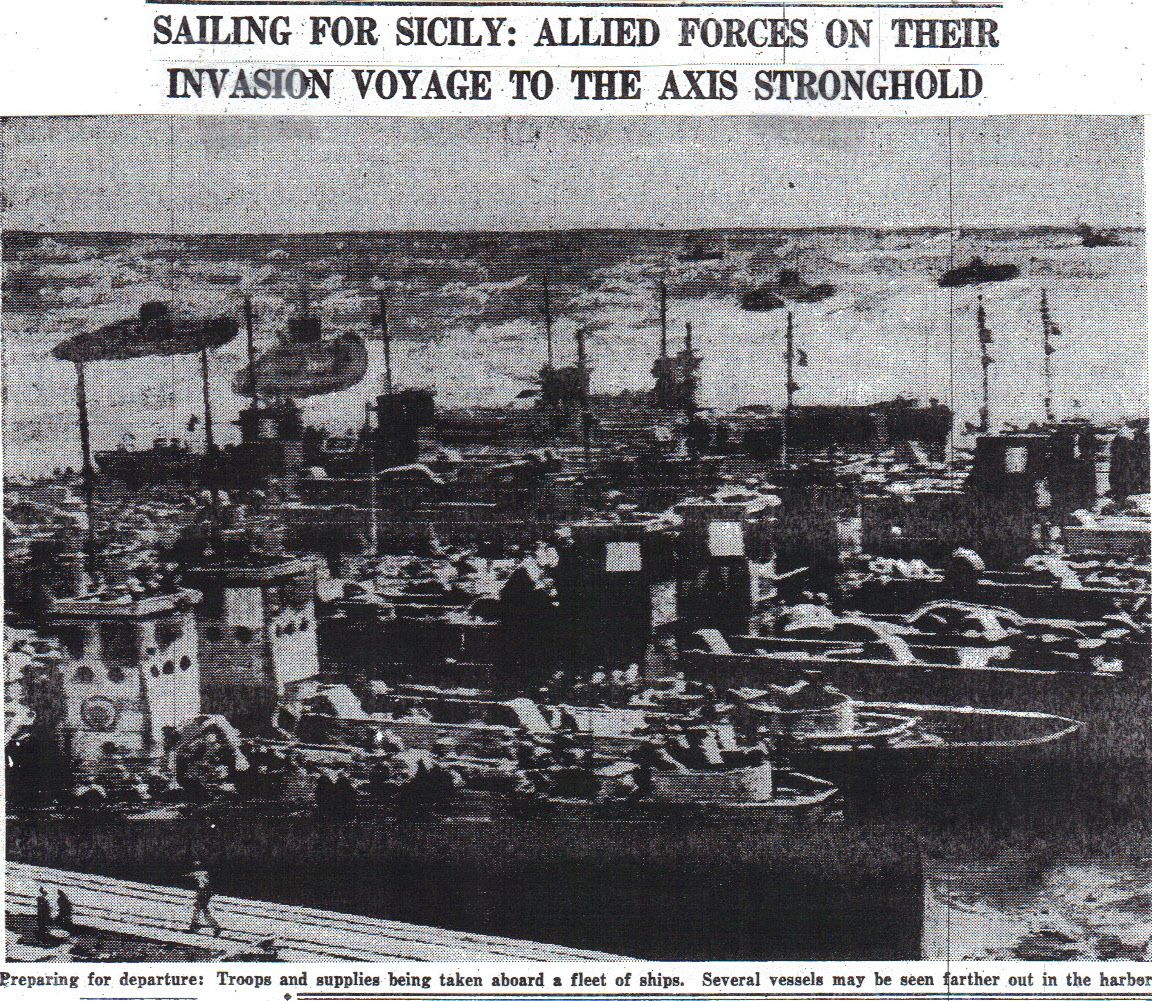
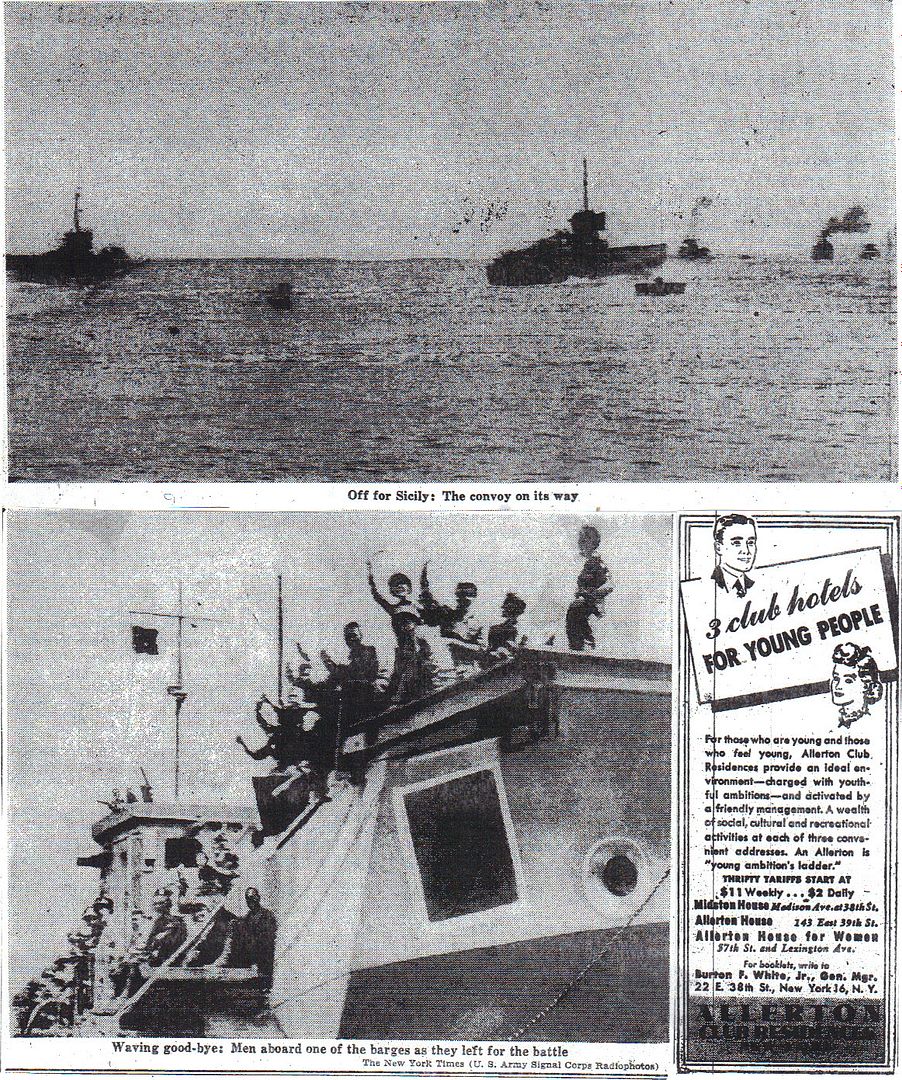
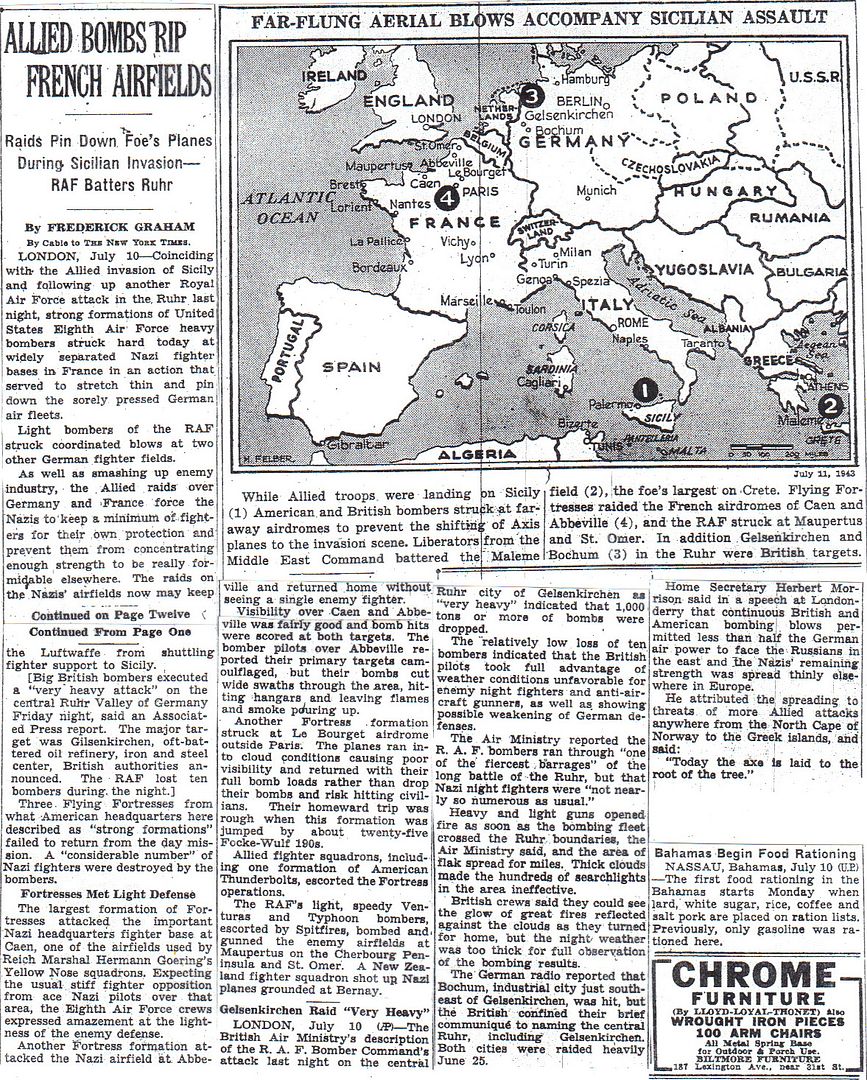
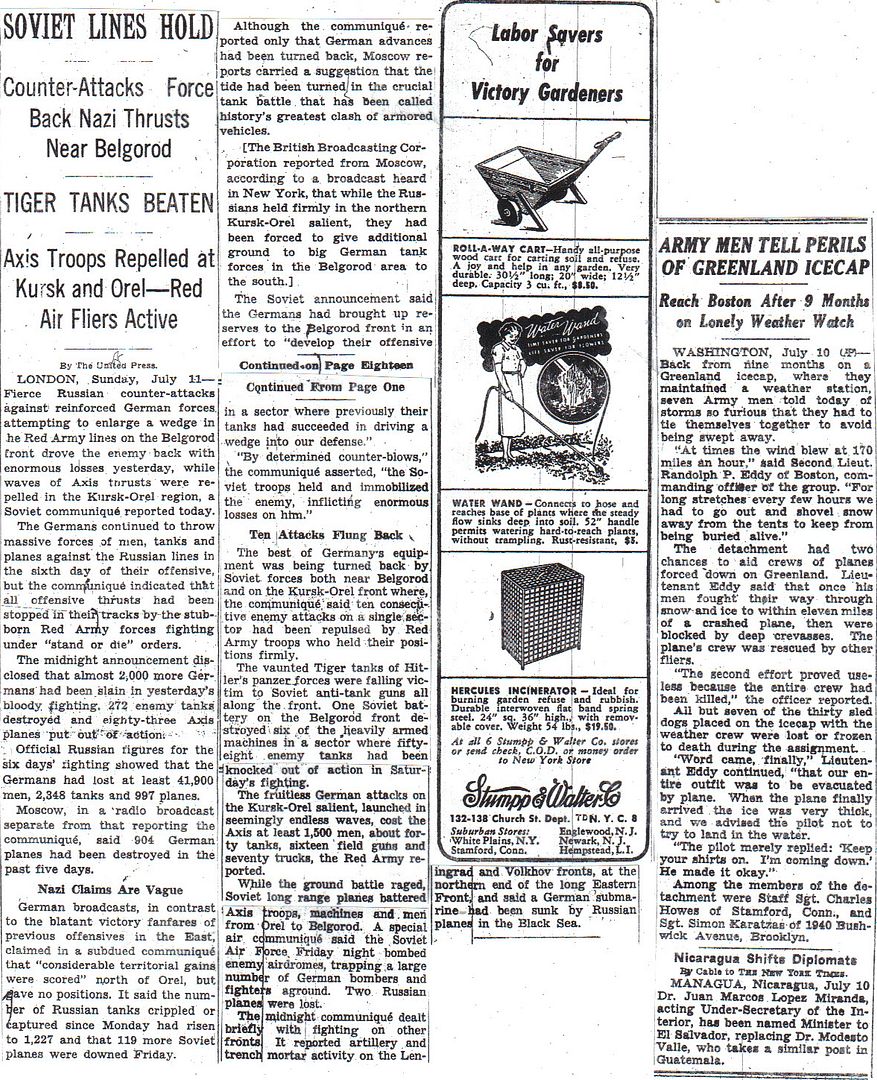
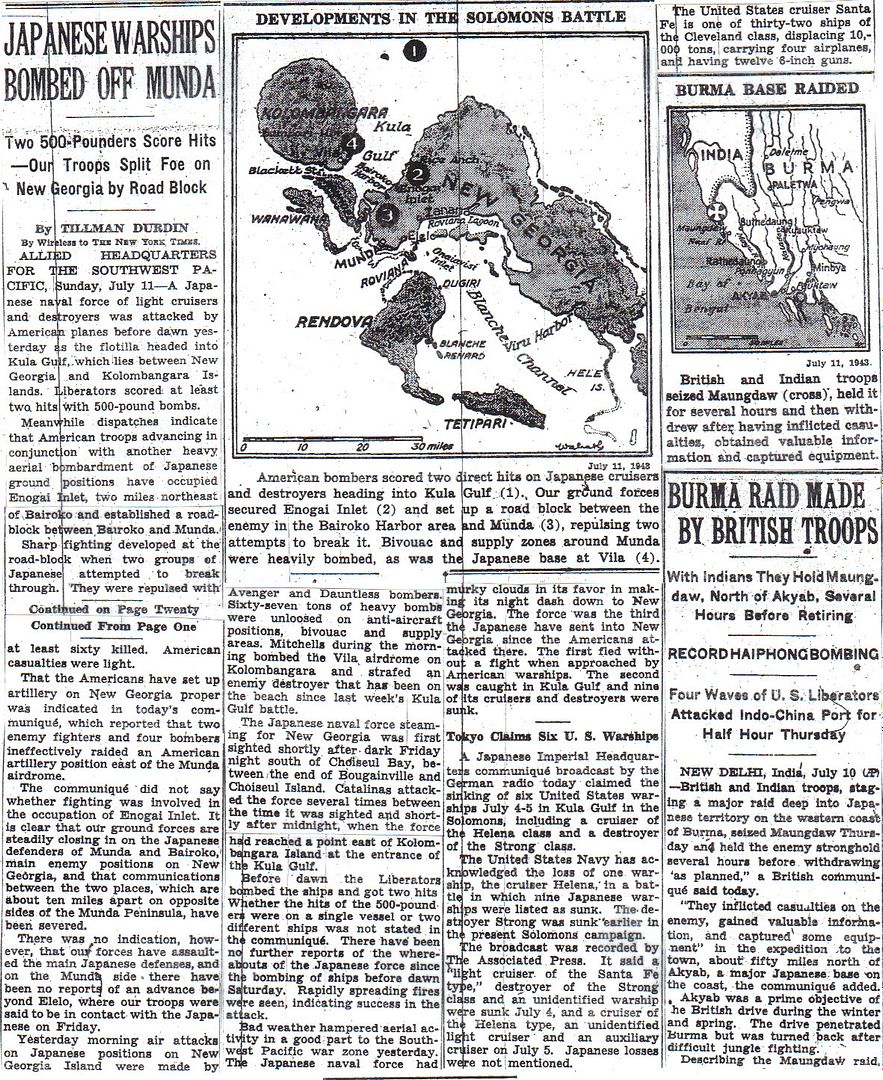

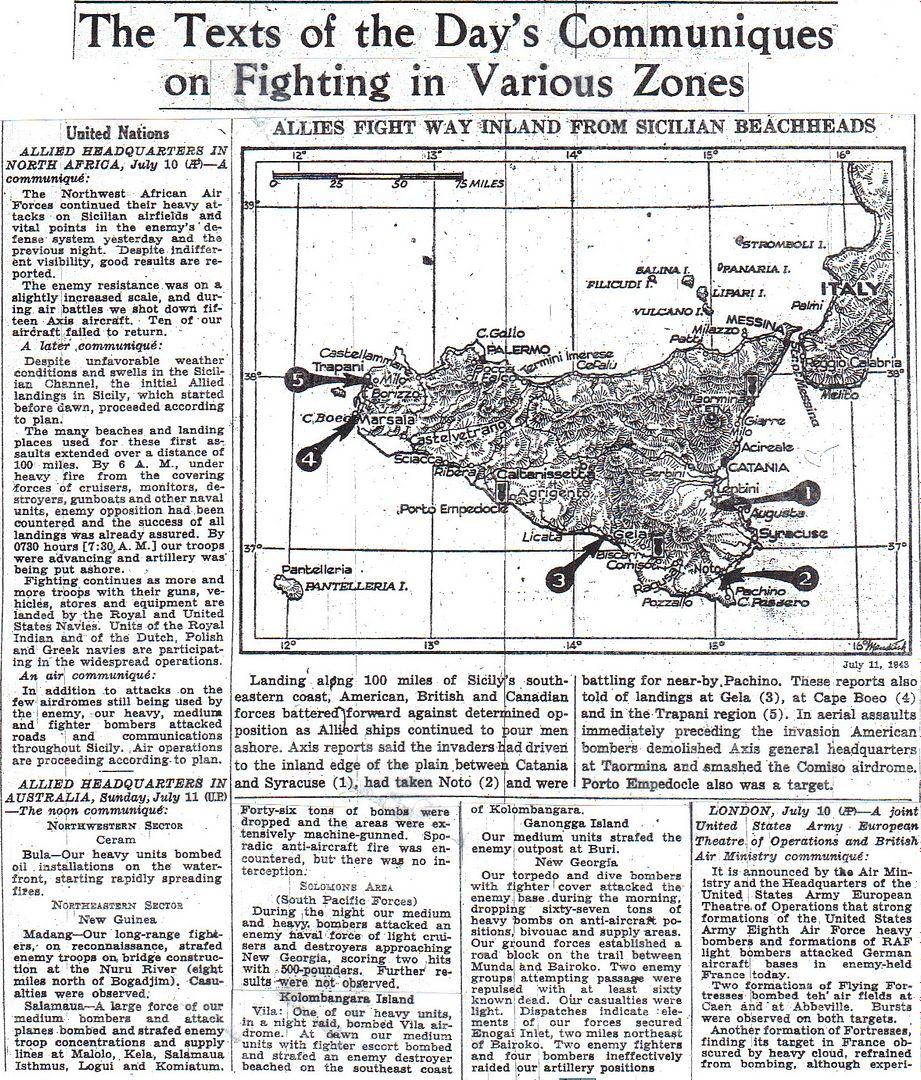
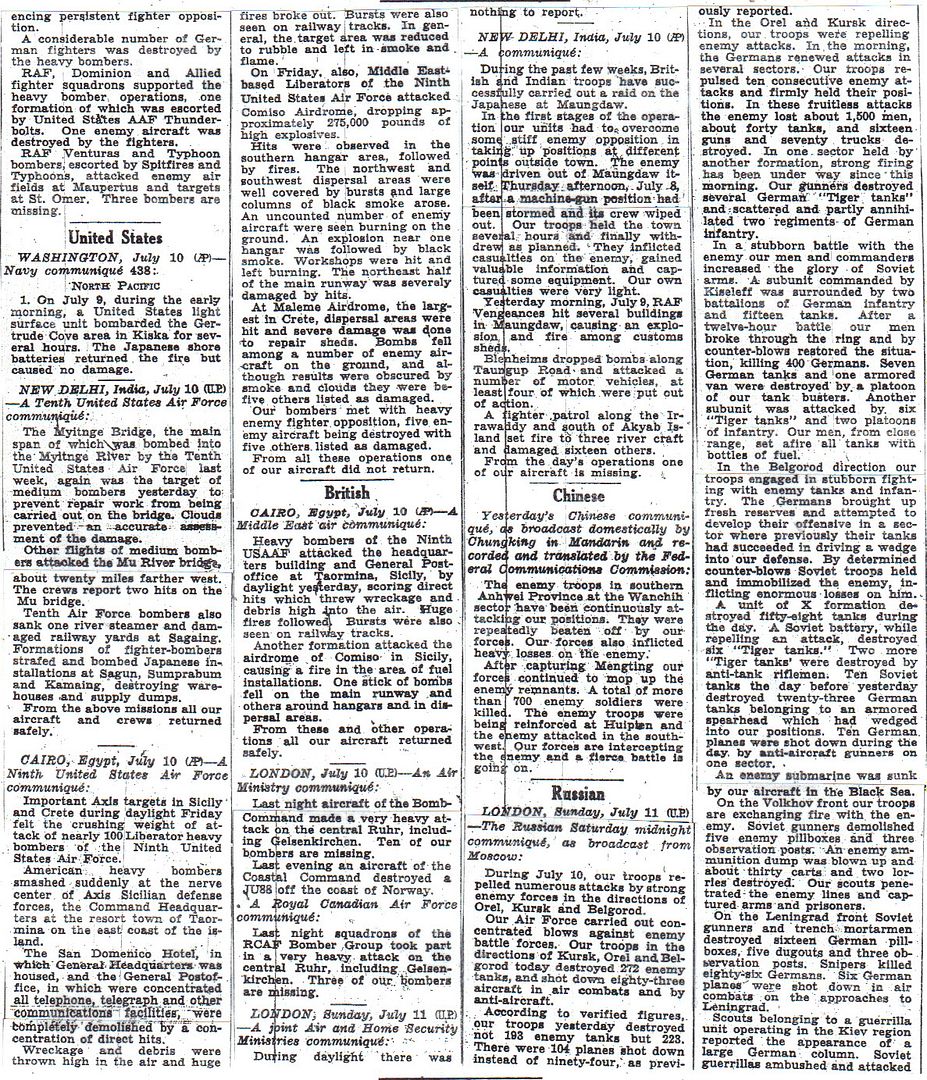
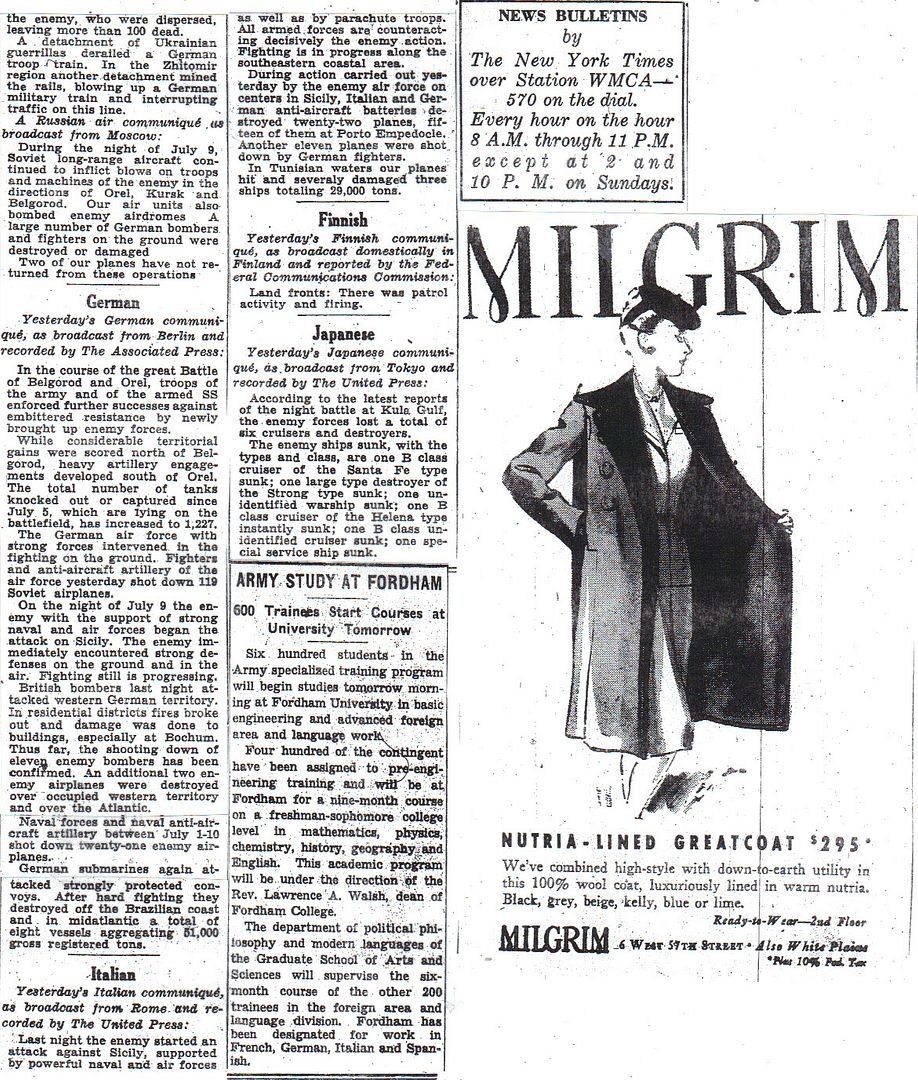
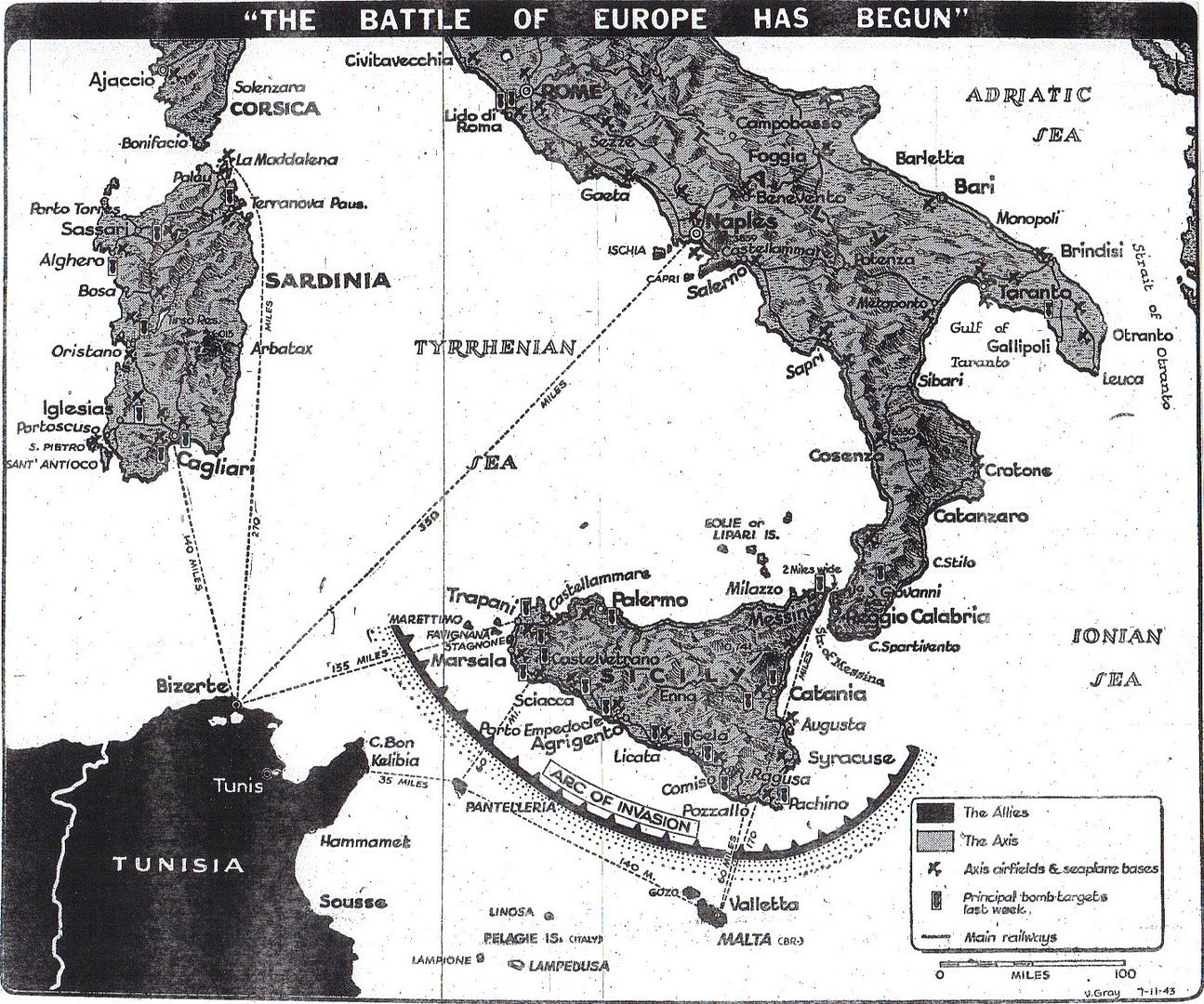
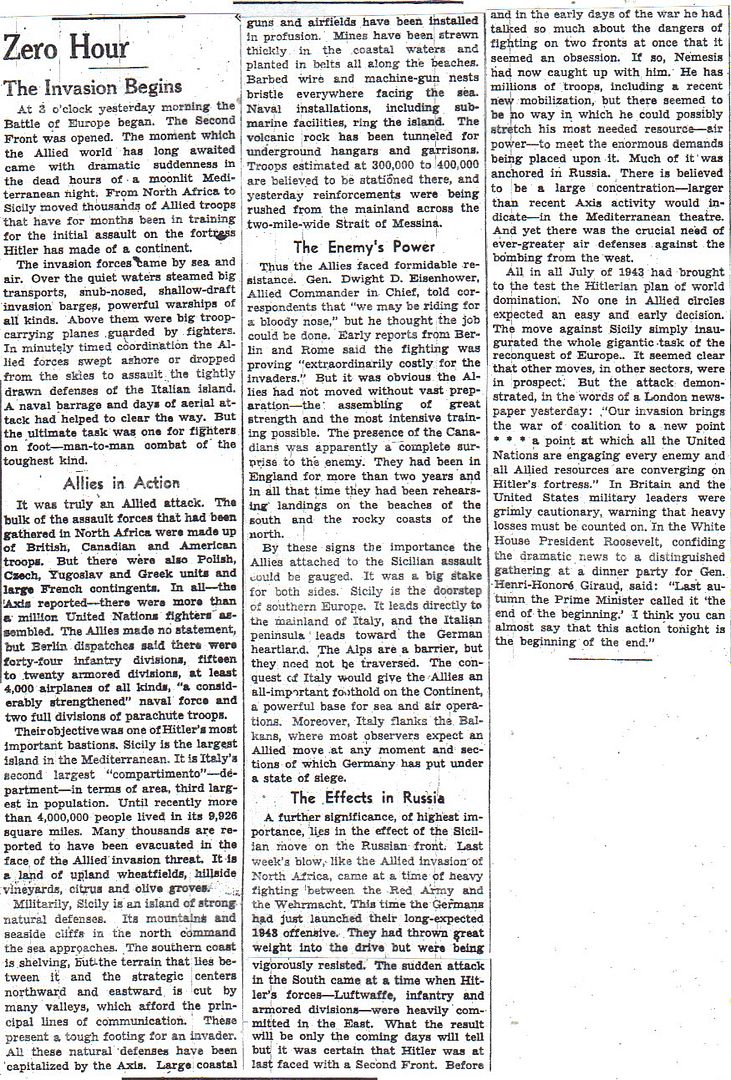
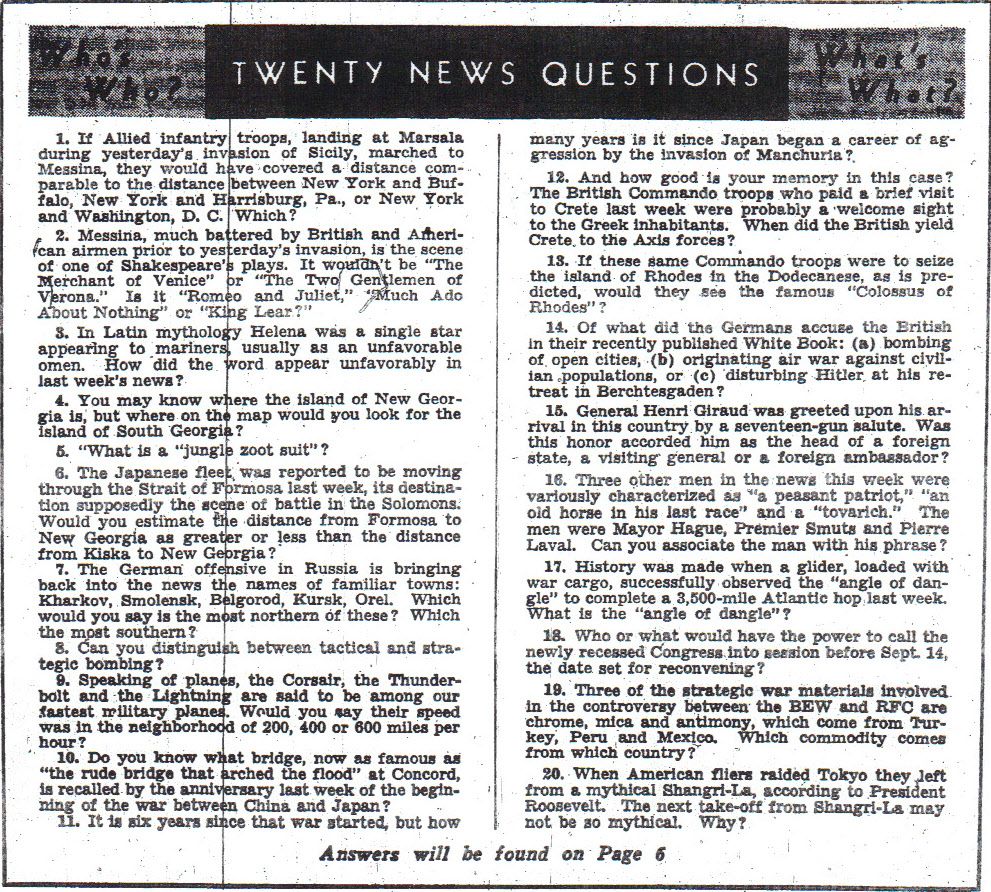
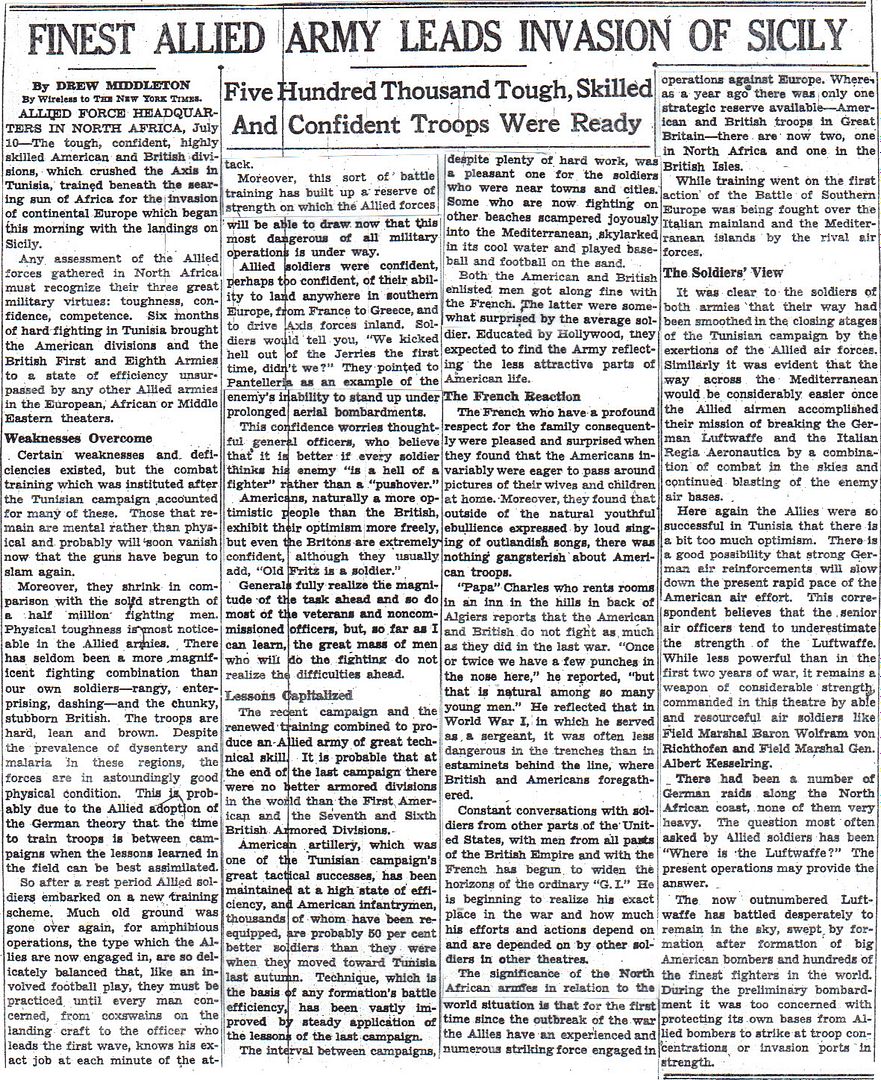
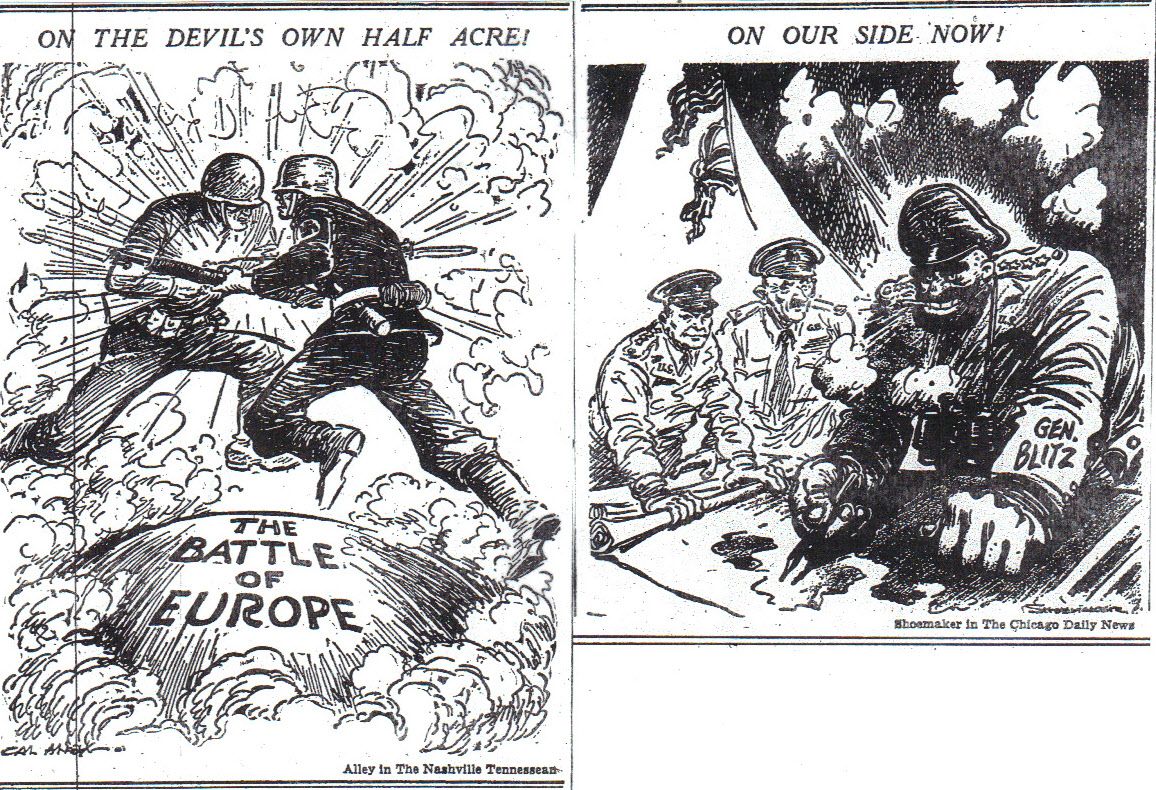
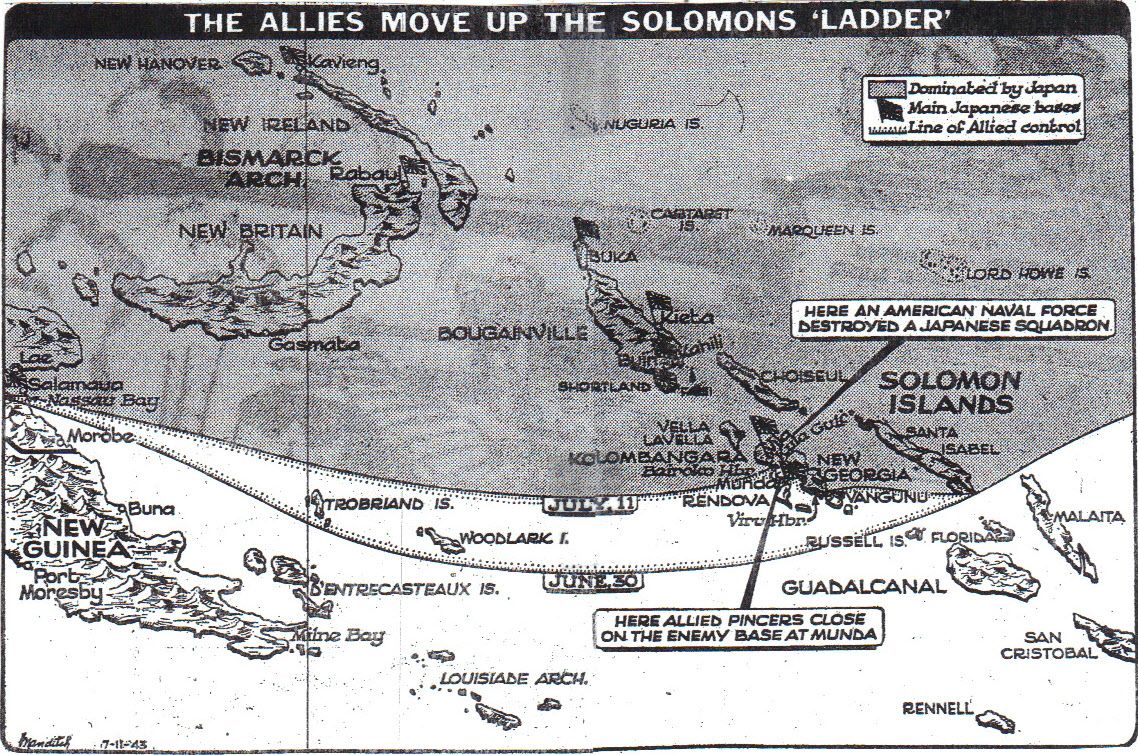
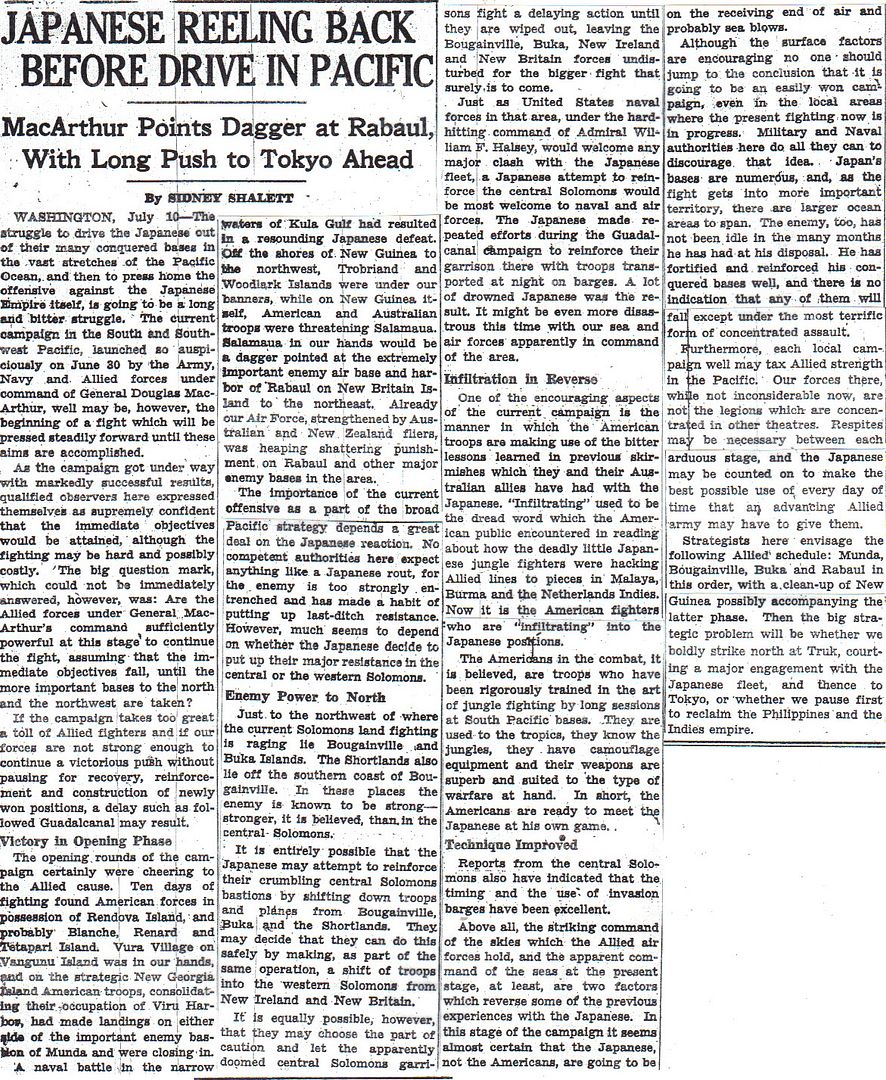
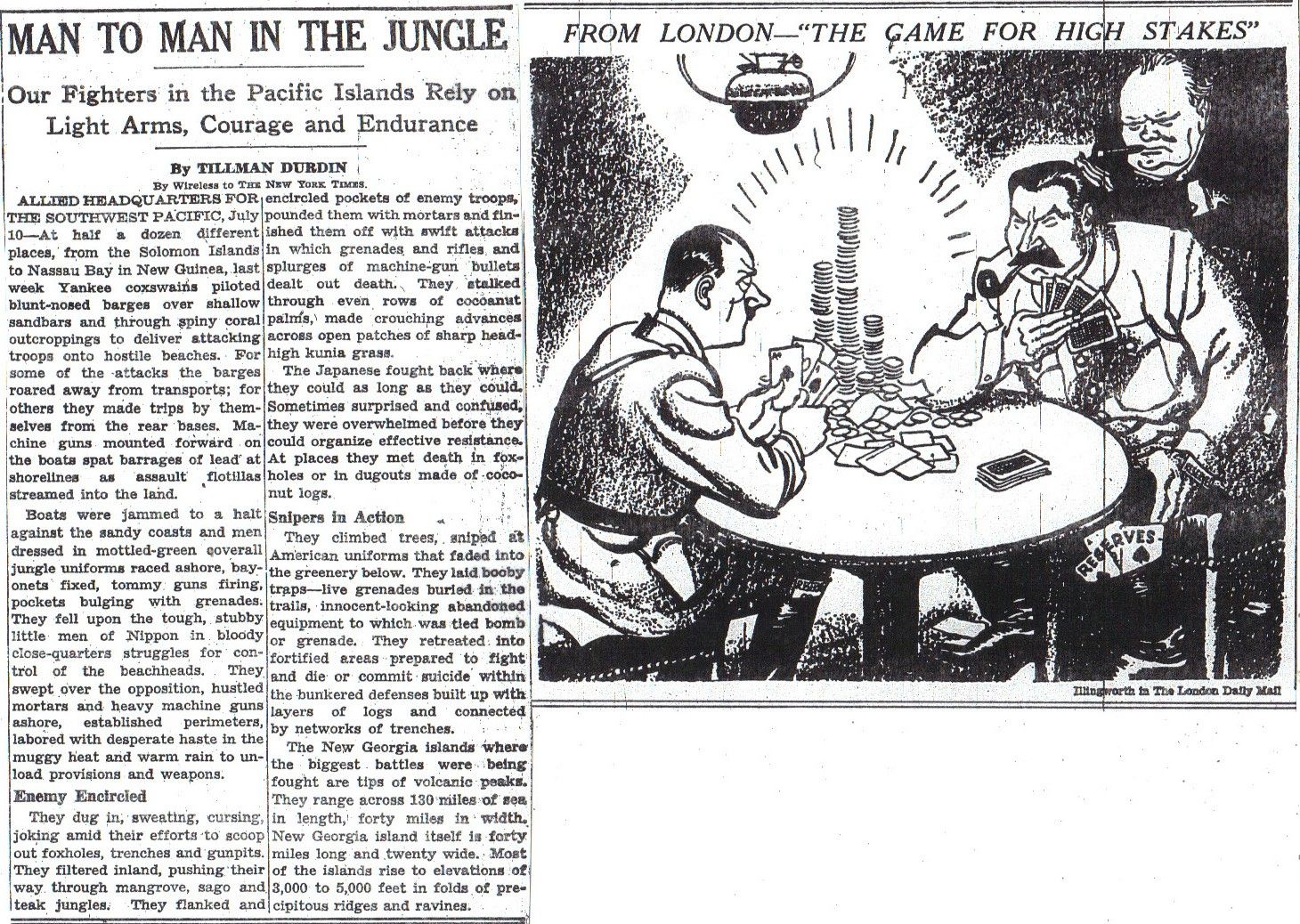

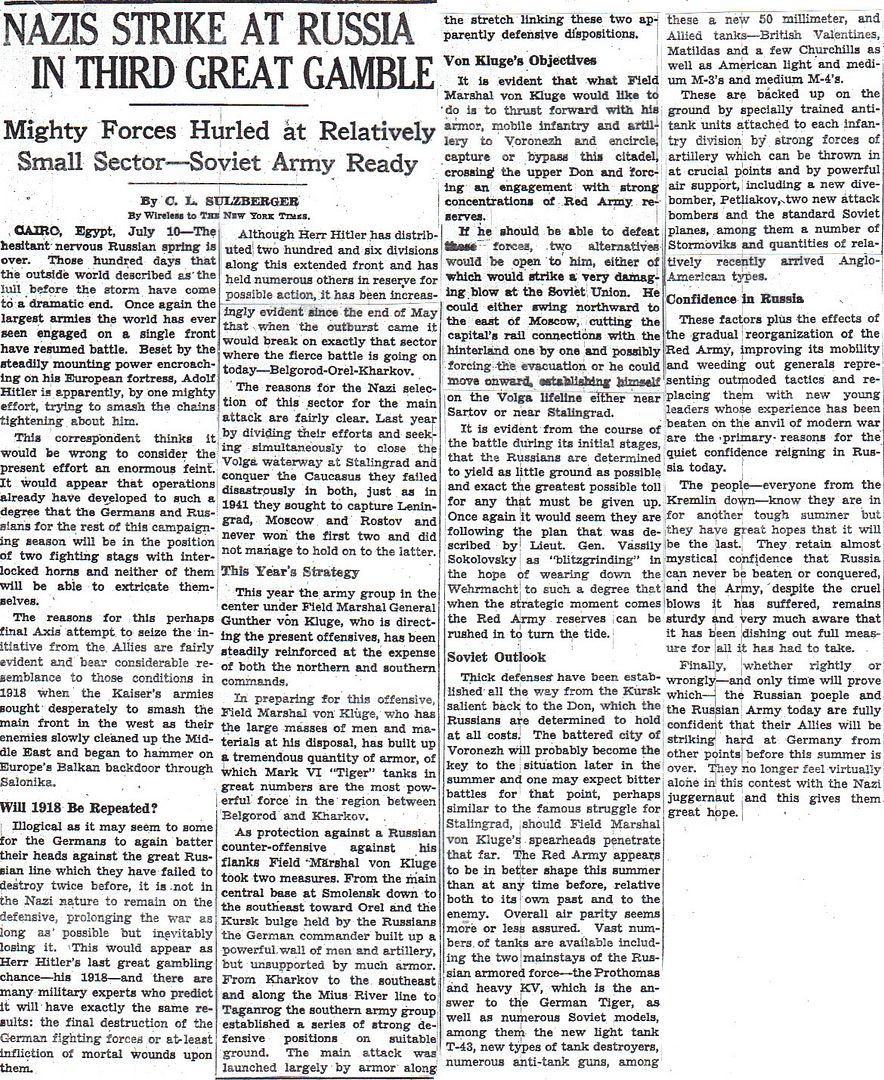
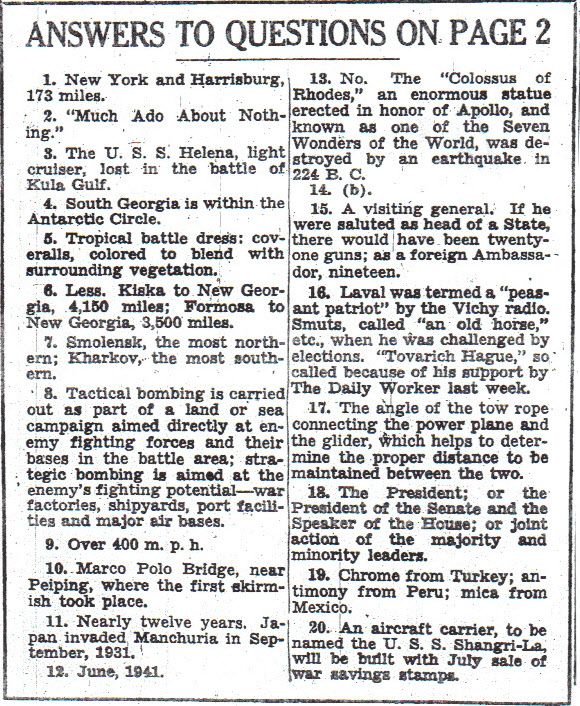
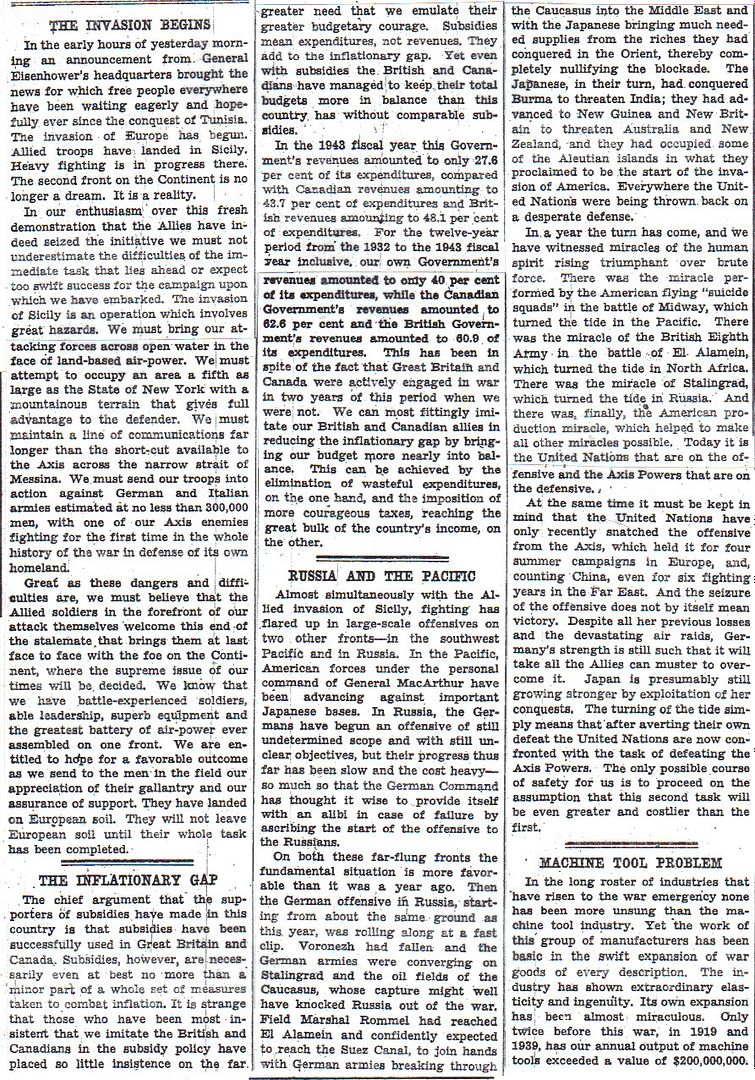
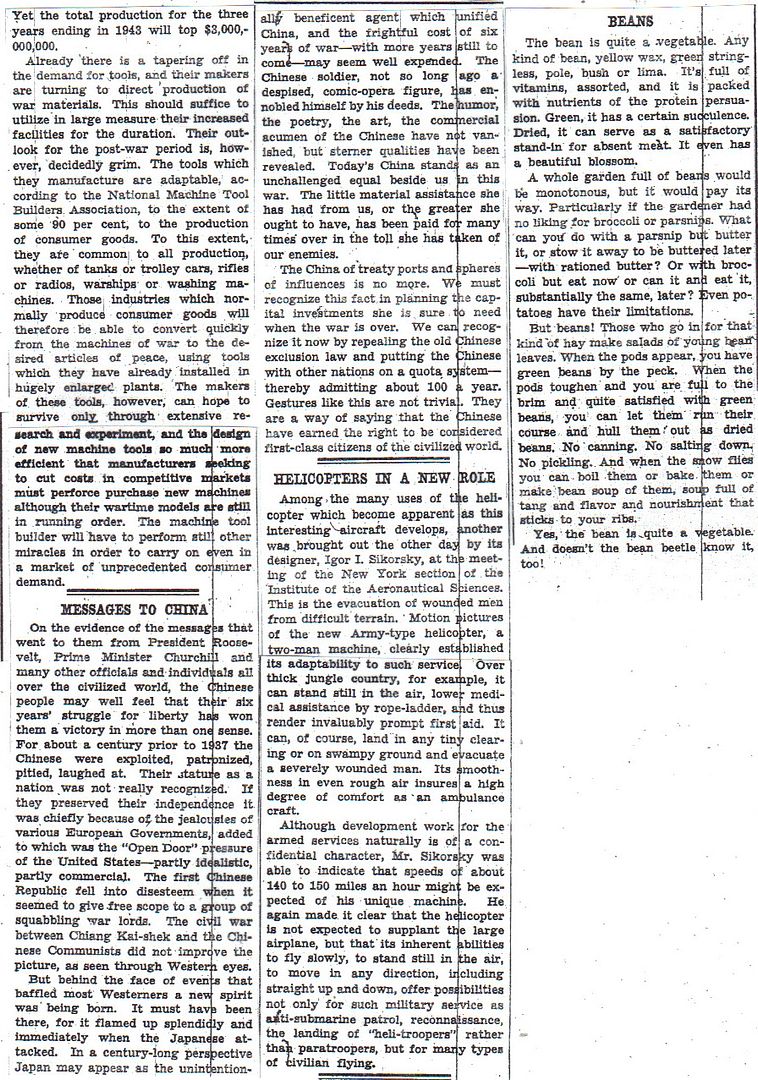
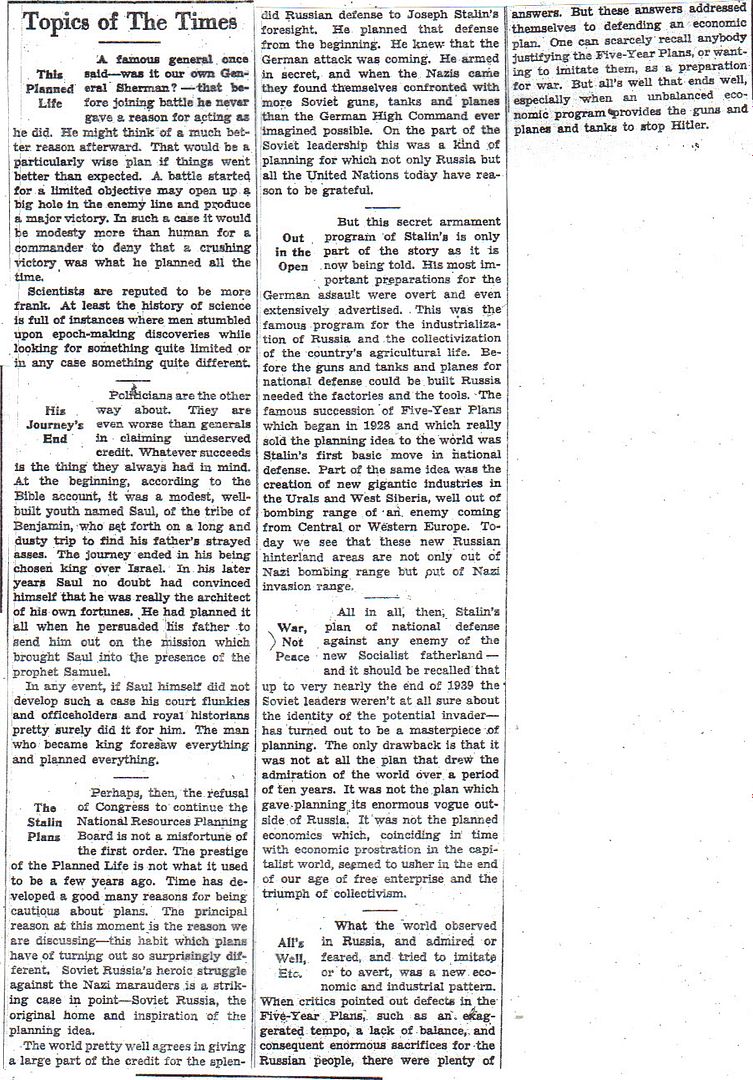
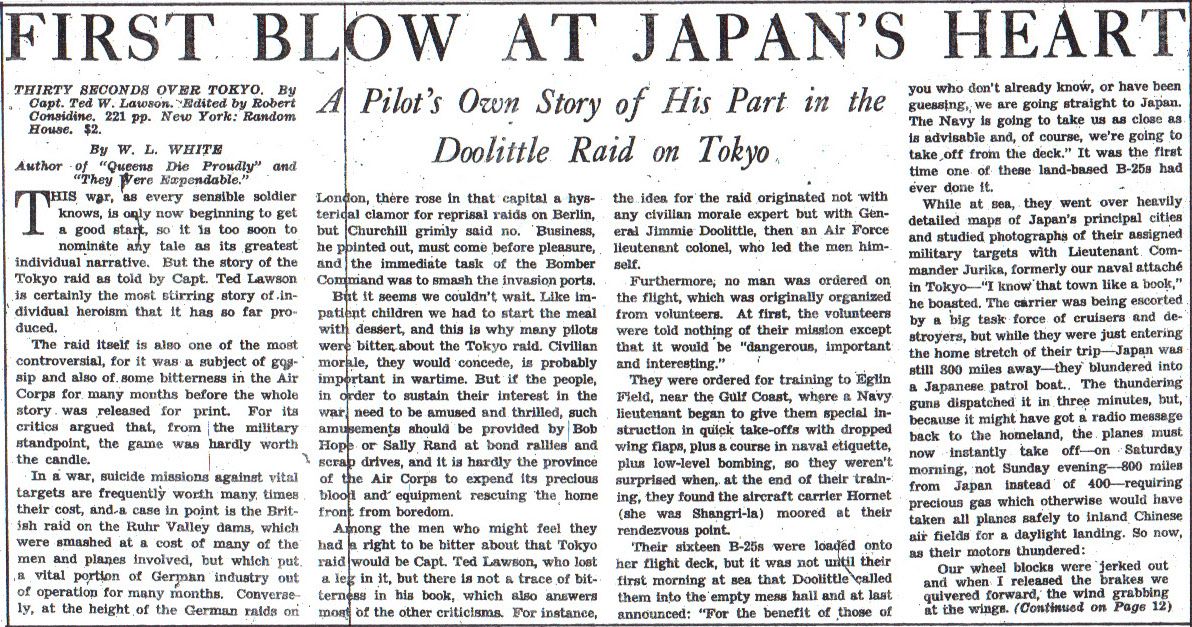
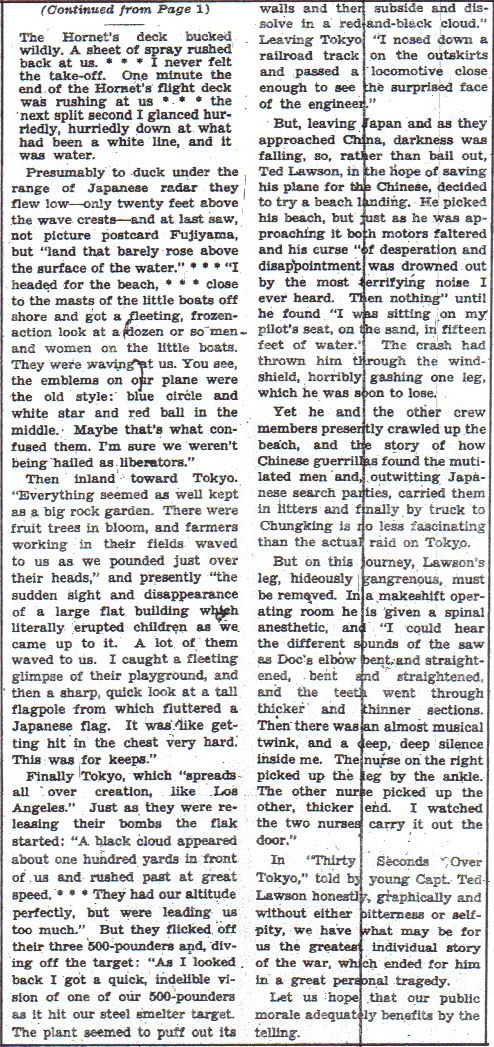
The number of books written on Adolf Hitler are almost too numerous to count. For that reason, any book on the man needs to have some special hook in order to set itself apart from the other writings on the man. In Joachim Fest’s book, Hitler, the author creates a biography of the German dictator that takes a hard look at the psychological aspects of the Fuhrer. He looks not only at the effect that Hitler had on others, but on the events that built the persona making Hitler the influential and dynamic person that he was. Fest’s analysis of the man begs the reader to consider whether or not it would be a fair statement to call Hitler “great”.
In building his story about Hitler, Fest utilizes a large sampling of source material. This includes many of the writings and speeches of Hitler himself combined and compared with statements and diaries from those who knew him. He ties these first hand primary sources together with supporting primary and secondary documentation. Articles from the Völkischer Beobachter and other publications of the era are used along with documentation from the former Nazi regime and even the U. S. Strategic Bombing Survey. The secondary works used range from William Shirer, an American correspondent that was stationed in Berlin in the 30s, to German novelist Thomas Mann.
The book is a chronologically examination prefaced with a short section covering Hitler’s youth. From there it is divided into major sections that are divided again into subsections. As an example, the second section of the book is focused solely on Adolf Hitler’s transition from post war soldier to full time politician. This is then divided into sub-sections that cover the journey from one to the other covering first the state of affairs in post war Germany, and finishing off with the Hitler’s failed Putsch of 1923. Scattered throughout these major sections are an occasional interpolation in which the writer offers some analysis of the information covered up to that point and tries to apply some context to the overall writing.
The overriding theme that presents itself through the book is the uncanny ability for Hitler to sway others through the sheer power of his oratory gifts. Fest gives many examples of great deeds claimed by Hitler that in fact were either products of Hitler’s own exaggerations or a component of the propaganda that was at work to support the leader. So while Hitler would claim grand things, Fest would point in what way Hitler was not the sole actor in the said event or shows where the event was blown up to make it more than what it was in reality. Hitler would often convey these exaggerations through the power of his own words. Fest demonstrates how Hitler could portray himself as this great hero to his fellow countrymen with very convincing effect. However, Fest also shows Hitler as a man with an almost over developed since of German nationalism. This could play a role in the inability, as Fest points out in his conclusions, to have the same mesmerizing effect on the people and leadership outside of Germany.
Compared to other works on Hitler, Joachim Fest gives a relatively detailed image of Adolf Hitler. However, he fails to sufficiently develop the individuals that made up his entourage. This leaves a gap in the understanding of why Hitler made some of the decisions that he clung to. Even with Hitler’s hardened stubbornness, it was possible for others to have some influence over him, and I don’t think this is examined closely enough. He is also somewhat vague with the internal structure of the Nazi Party as well which leaves out the influences that the party as a whole had on Hitler and the concessions that he had to make as he rose to power in order to maintain his control. However, despite these failings, this is a good book to get a grounded view of the Nazi’s leader and his megalomaniacal tendencies that led Germany out of the floundering Weimar Republic, and into an entirely new catastrophe.

The News of the Week in Review
“The Battle of Europe Has Begun” (map) – 14
Zero Hour – 15
Twenty News Questions – 16
Finest Allied Army Leads Invasion of Sicily (Middleton) – 17
The Allies Move Up the Solomons ‘Ladder’ (map) – 19
Japanese Reeling Back Before Drive In Pacific (Shalett) – 20
Man to Man in the Jungle (Durdin) – 21
Third Summer Campaign in Russia: First Phase (map) – 22
Nazis Strike at Russia in Third Great Gamble (Sulzberger) – 23
Answers to Twenty News Questions – 24
Editorials – 25-27
The Invasion Begins
The Inflationary Gap
Russia and the Pacific
Machine Tool Problem
Messages to China
Helicopters in a New Role
Beans
Topics of the Times
The New York Times Book Review
Thirty Seconds Over Tokyo, by Capt. Ted W. Lawson (White) – 28-29
Hitler, by Joachim Fest (by CougarGA7) – 30
The Best Selling Books, Here and Elsewhere – 31
http://www.onwar.com/chrono/1943/jul1943/f11jul43.htm
Allied navies bombard advancing Germans
Sunday, July 11, 1943 www.onwar.com
In Sicily... The British advance almost unopposed. Palazzolo is taken. On the coast, there is a halt late in the day at Priolo. The American forces encounter resistance in their advance. The German Panzer Division “Hermann Goring” strikes toward American held Gela from its positions around Caltagirone. Allied naval bombardment forces the German forces to retire.
On the Eastern Front... The battle of Kursk continues. The southern battlefield continues to be active.
http://www.etherit.co.uk/month/thismonth/11.htm
July 11th, 1943 (SUNDAY)
ITALY: British troops advance on Sicily almost unopposed. They take Pozzallo. US advance is resisted by the Hermann Göring Panzer division.
Weather has contributed to problems with the US landings. Naval bombardment was necessary to assist with the German counterattack.
Gunfire of USN cruisers and destroyers stop a German attack on the landing beaches near Gela; the gunfire destroys 13 of 50 German tanks.
In the air, Ninth Air Force B-24s hit airfields at Vibo Valentia, Sicily and Reggio di Calabria, Italy and B-25s hit airfields at Trapani, Milo and Bo Rizzo, and areas between Sciacca and Enna, Sicily. P-40s escort bombers and provide beach cover as invasion forces push inland.
During the night of 10/11 July, Northwest African Strategic Air Force (NASAF) planes hit Milo and Sciacca Airfields and numerous tactical targets during the day, including town areas, vehicle convoys, bridges, trains and roads; NASAF B-17 Flying Fortresses bomb the Catania marshalling yard while B-26 Marauders hit Milo Airfield and Gerbini satellite airfields; and B-25s and P-38 Lightnings hit Sciacca Airfield and the town of Caltanissetta.
Throughout the day NASAF fighters attack truck convoys on Sicilian highways, and hit gun positions and targets of opportunity.
A mixed force of 16 Fw-200s and He-111s attack the DIME invasion force and blow up the ammunition ship Robert Rowan. (Henry Sirotin)
U.S.S.R.: The Battle for Kursk continues. It is confined now to almost exclusively tanks. Visibility is poor due to dust and smoke, this limits the German advantage in long range gunnery.
NORTH AFRICA: The Fifth Air Force supports American and Australian ground troops in the Nassau Bay area by dispatching A-20 Havocs and B-25s to blast positions in the battle zone from Nassau Bay inland to the Mubo area, hitting the trail between Logui and Kennedy’s Crossing, the Bobdubi and Bobdubi Ridge areas, Salamaua, Kela Point and villages scattered through the area.
SOLOMON ISLANDS: The Japanese continue to attack Allied forces in the Solomons. During the day, US Army Air Forces P-39Airacobra and US Marine F4U Corsair pilots shoot down 10 A6M “Zekes” and 2 G4M “Bettys.”
TERRITORY OF ALASKA: ALEUTIAN ISLANDS: Five Eleventh Air Force B-24s take off from Attu Island to attack the Kataoka Naval Base on Shimushu Island in the Kurile Islands and fly a shipping search but are turned back by a heavy cloud front extending from the surface of the sea to 6,000 feet (1,829 meters); this is the first attempt to bomb Japan by heavy bombers in World War II. ]
A shipping search by 5 B-25 Mitchells finds nothing. 6 B-25s and 6 B-24s in 3 missions (one by radar) attack North Head and Main Camp on Kiska Island sighting new excavations near Sredni Point, strafe a tent near Haycock Rock, and also fly over Segula Island.
The destroyer USS Mongahan (DD-354) bombards Japanese installations at Gertrude Cove on Kiska Island.
U.S.A.: Black troops at the Shenango Personnel Department in Greenville, Pennsylvania, upset at the treatment they have received, break into the weapons supply building and fire on white fellow soldiers. One black soldier is killed and four others are injured in the ensuing battle. (Drew Halevy)
CANADA: Destroyers HMCS Iroquois, HMS Douglas along with frigates HMCS Moyala and Swale were escorting the troopships Duchess of York, California and Port Fairy from Plymouth to Freetown, South Africa when they were attacked by 3 German Focke Wulf 200 ‘Kondor’ high-altitude bombers at about 2100 hrs 200 miles off of Vigo, Spain. The German bombing accuracy was excellent and both California and Duchess of York were hit and burned furiously. The consorts evacuated both ships and the 2 damaged liners were sunk by gunfire and the convoy continued on to an unscheduled stop at Casablanca. Twenty-seven lives were lost in this incident. 680 survivors were rescued from Duchess of York by Iroquois. Duchess of York was the 2nd and last of the 4 CPR Duchess-class liners lost during the war. The 1st was Duchess of Atholl on 12 Oct 42; several other CPR liners were also lost.) She was a veteran of the evacuations from Norway and France and had travelled widely on hazardous routes. She was regarded as a lucky ship. During one of her 6 voyages to North Africa she had survived a hit by an unexploded bomb. The Duchess-class liners had been designed with a flat-bottomed hull for travelling up the St.Lawrence River, which gave them a significant roll. This characteristic trait caused them to be dubbed “The Drunken Duchesses”. The 2 survivors, Duchess of Bedford and Duchess of Richmond, were renamed Empress of France and Empress of Canada after the war. The CPR lost 14 of its original 22 ships during WW II. Empress of Britain (42,348 tons) was the largest Allied passenger liner to be sunk and the biggest merchant ship loss of the war.
Just when I thought the war was getting boring. Moving up the Solomons with naval, air and ground fighting, the invasion of Sicily and Kursk.
A titanic world-wide struggle. I liked the cartoon of Hitler and Stalin playing the high-stakes game. It illustrates the way I’ve always looked at their struggle. But instead of cash and chips, it’s the bodies of their soldiers on the table.
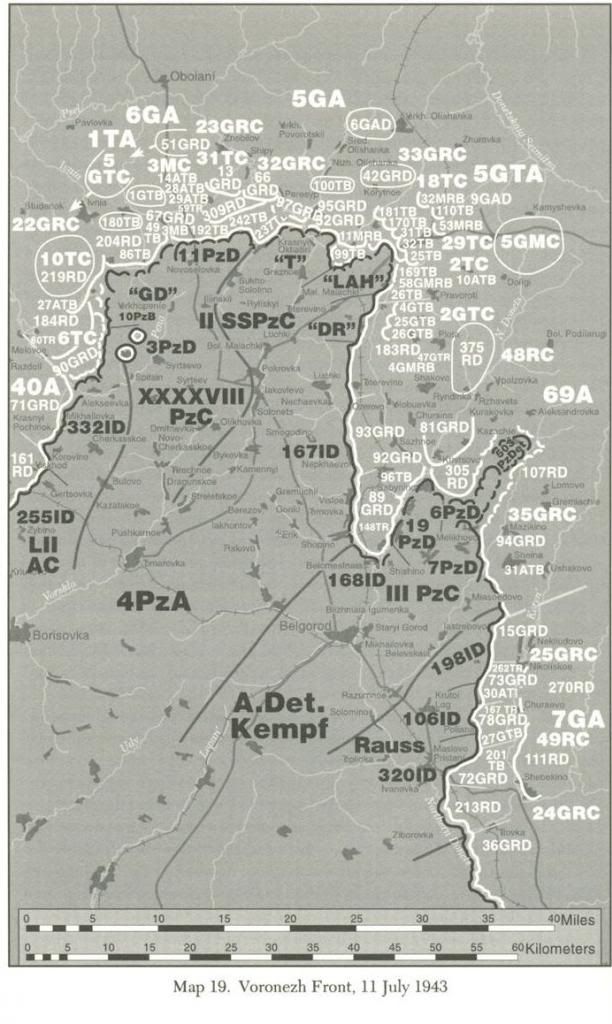
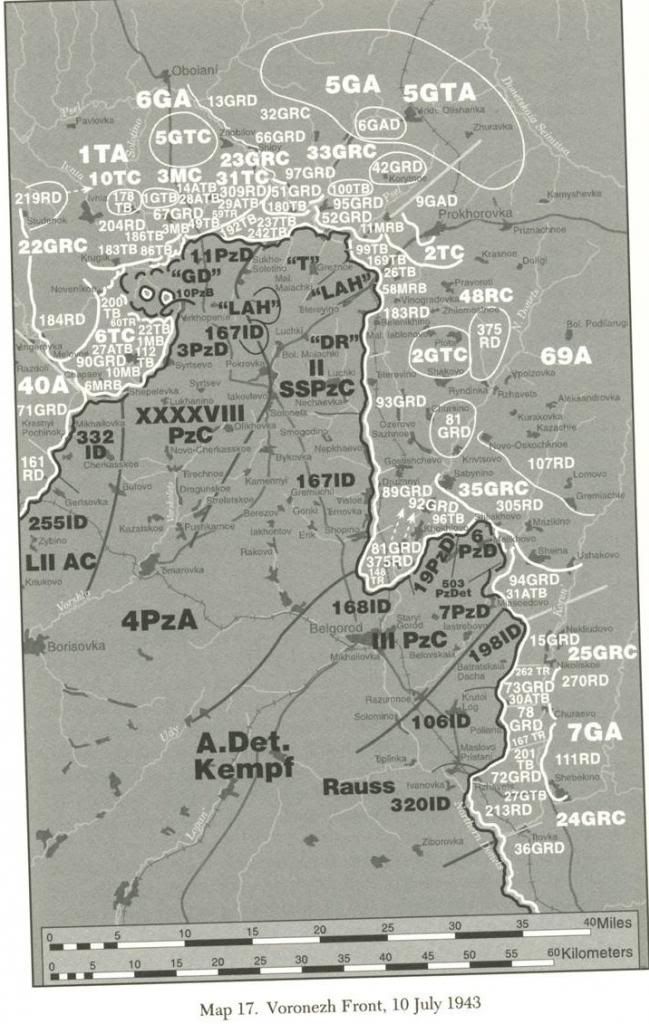

The Battle of Kursk has reached its climax on the 9th Army/Central Font axis. Rokossovsky troops have stopped Model cold for the past four days, and Model’s forces are now spent. Model and Kluge call off the attack.
In the south, von Manstein and Vatutin have not yet reached the climax of their fight. XXXVIII Panzer Corps and II SS Panzer Corps have just about broken the Soviet resistance. Vatutin is scrambling and shuffling his forces to try to stem the tide. He is inflicting casualties on the Germans, but he is not stopping them. At this point, Vatutin has asked for help from the Stavka, and he receives it.
The Soviet strategy to defend Kursk was to have the dug in infantry and anti-tank guns do all the heavy work, and both Central Front and Voronezh Front were allocated one tank army to act as an operational reserve to counter the German panzers as needed. Behind Central Front and Voronezh Front, the Soviets had Konev’s Steppe Front as a strategic reserve. The most powerful formations of Steppe Front were Rotmistrov’s 5th Guards Tank Army and Zhadov’s 5th Guards Army. These forces were intended to be committed once the Germans had been blunted, and begin the Soviet counter-offensive.
Rokossovsky had the services of 2nd Tank Army. Even though it was parceled out among his infantry units and not kept as a cohesive force, it was sufficient to blunt Model. Vatutin is not so fortunate. He had Katukov’s 1st Tank Army as his operational support, as well as other independent tank corps. as you can see from the map. These forces have been chopped up and more or less destroyed by Hoth’s panzers.
Vatutin’s call for help, endorsed by Red Army Chief of General Staff Vasilevksy, was answered by the detachment of Konev’s two best armies, and their assignment to Vatutin to use them to stem the German tide. Vatutin is concentrating them in the Prokhorovka area before committing them. In the meantime, II SS Panzer Corps found a weak spot in the Soviet lines; the road through 2nd Guards Tank Corps leading to Prokhorovka. SS Divisions Liebstandarte and Das Reich exploit this weakness, while the majority of Totenkopf works on establishing a bridgehead over the Psel for the advance northward into open county.
These events set the stage for the Battle of Prokhorovka, about which many legends and myths have grown. But suffice to say, the Soviets have thrown all they have available on this sector of the front, and have committed their last tank reserves. Meanwhile, Manstein still has not committed XXIV Panzer Corps, consisting of 17th, 23rd and SS Viking Panzer divisions.
Oh, the maps I attached account for 1st, 2nd and 5th Guards Tank Armies. Anyone care to guess the whereabouts of the other two, 3rd Guards and 4th Tank Armies?
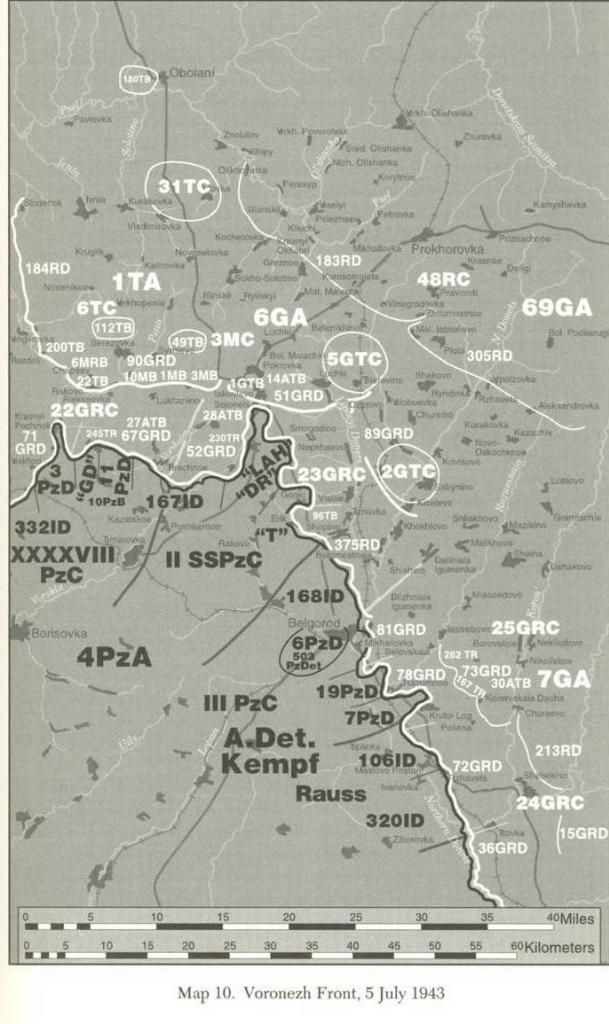
And the Jews and other civilians they murdered.
An awful lot of people died on the Eastern Front.
These daily postings have really brought home to me the vastness of the struggle in the East.
The map of July 8, posted above, is the last map that features Totenkopf on the right flank of II SS Pz Corps. However, you can see behind II SS Panzer Corps the arrival of 167 Infantry Division from Army Group reserves, and it is inserted in line to the left of 168 Infantry Division in all subsequent maps. Totenkopf was then released to “castle” to the left behind Liebstandarte and Das Reich to give more weight to the main punch.
The Germans had a number of problems in the south, and probably the biggest one was finding enough infantry to protect the ever lengthening flanks of the pentetrations made by the panzer spearheads. Bringing up 167 ID was one of the few times they were able to do this. The effect was salutary, in that it allowed II SS Pz Corps to leap over the Psel, and almost break out into the open country.
The really key flank failure was that Breith’s III Panzer Corps of Army Detachment Kempf was never able to keep pace with II SS Pz Corps. Breith was supposed to be Hausser’s flank protection, but never cleared the path north of the Donetz. Breith will not be able to close the gap tomorrow, and that will be the decisive factor in this battle.
For many years, I thought that if I could go back in time to see one thing, it would have been the clash of fleets at Jutland in 1916. However, I have recently changed my mind. Now, I would say it would be this battle, Kursk. Never before and never since has there been so many men, guns, tanks and planes committed in such a furious and bitter struggle in a relatively confined area. And, both sides were more or less evenly matched, which is why the battle raged on in such intensity for so many days. I cannot fathom the endurance of the German and Soviet soldiers to keep going at it in such intense combat day after day after day.
Sorry, I need to read my own maps better;
167 ID was swapped with Totenkopf, and was not brought out of reserve. It really didn’t appear to serve much purpose in separating the panzers of XXXXVIII Pz Corps and II SS Pz Corps.
But I do recall reading in Glantz and other books that Hausser didn’t like having to use Totenkopf as flank protection. It was a powerful, aggressive panzer division. The soldiers and officers cultivated a reputation for bravery that was reckless. Hausser didn’t want it on the flank, he wanted it on the point. 167 ID insertion on the right flank allowed him to do this.
Guadalcanal Diary is still a bestseller.

The movie Ted Lawson:

A former unit of mine was involved in the aftermath of the Battle of 73 Easting in the Gulf War, which was a large tank battle, but of course nothing like Kursk in intensity, size, scope and result.
Thanks
Disclaimer: Opinions posted on Free Republic are those of the individual posters and do not necessarily represent the opinion of Free Republic or its management. All materials posted herein are protected by copyright law and the exemption for fair use of copyrighted works.